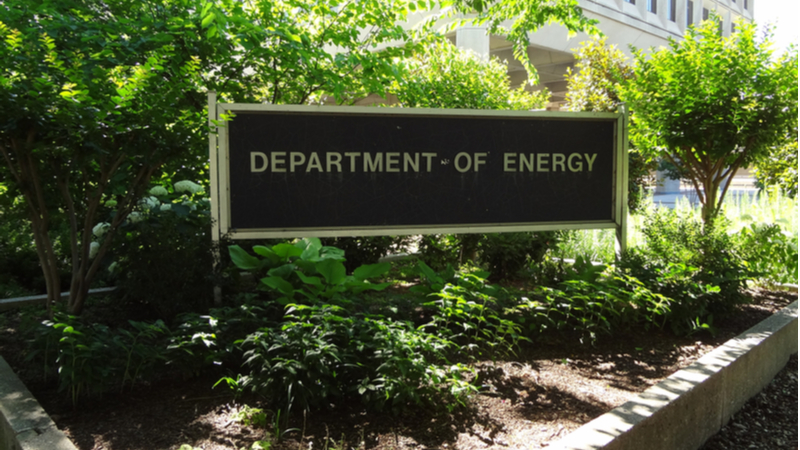
The Biden-Harris administration is directing $13 billion of funding to the Department of Energy (DoE) for new financing opportunities to support expansion and modernization of the nation’s electric grid.
The funding – authorized by the Bipartisan Infrastructure Law approved by Congress in November 2021 – represents the largest single direct Federal investment in critical transmission and distribution infrastructure, and one of the first down payments on an over $20 billion investment under the administration’s Building a Better Grid Initiative.
“We are moving swiftly to deliver cleaner, cheaper energy to every American community by building a modern and reliable electric grid,” Energy Secretary Jennifer M. Granholm, said in a press release.
The Building a Better Grid Initiative was launched at the beginning of this year to accelerate the nationwide development of new and upgraded high-capacity electric transmission lines and create a more resilient electric grid. The $13 billion of funding will be directed to three programs under the initiative: the Grid Resilience Utility and Industry Grants; Smart Grid Grants; and the Grid Innovation Program.
Specifically, the Grid Resilience Utility and Industry Grants fund comprehensive transmission and distribution technology solutions that will mitigate multiple hazards across a region or within a community.
“With nearly 70% of the nation’s grid more than 25 years old, the President’s agenda is making historic investments that will strengthen the nation’s transmission grid to drive down energy costs, generate good-paying jobs, and help keep the lights on during extreme weather events,” Granholm said.
Investments in transmission infrastructure can help protect the grid against supply disruptions due to physical and cyber-attacks or climate-induced extreme weather, minimize the impact of supply disruptions when they happen, and restore electricity more quickly when outages do occur.
Under this same line of effort, DoE previously released a long-term evaluation of the cybersecurity considerations associated with distributed energy resources, such as distributed solar, storage, and other clean energy technologies, and the potential risks to the electric grid over the next ten years.
“We can address both climate risks by deploying clean energy solutions and integrating cybersecurity into those systems from the ground up. This is good for U.S. energy security and U.S. national security,” Puesh Kumar, director of DoE’s Office of Cybersecurity, Energy Security, and Emergency Response, said in a previous statement.
